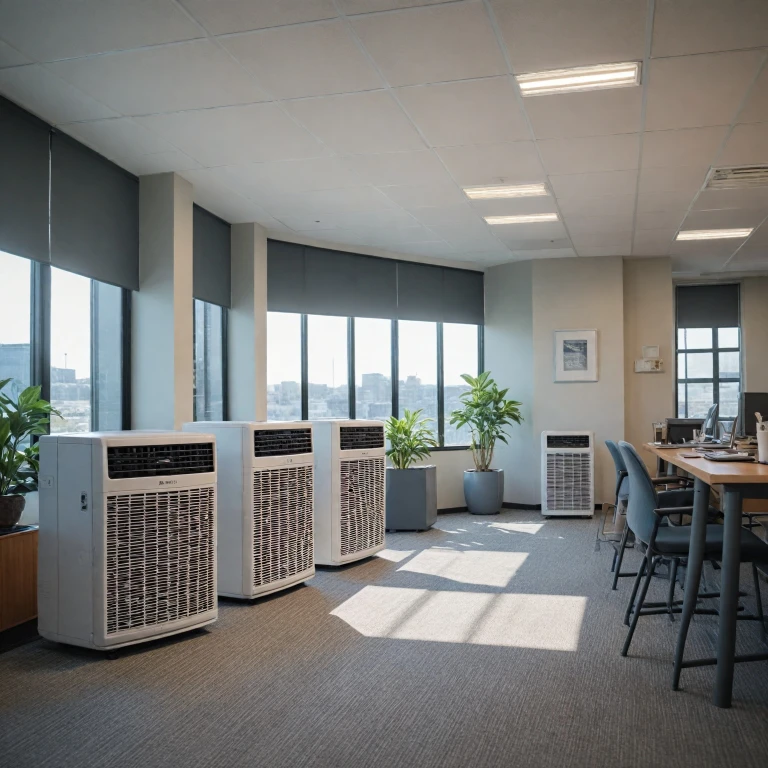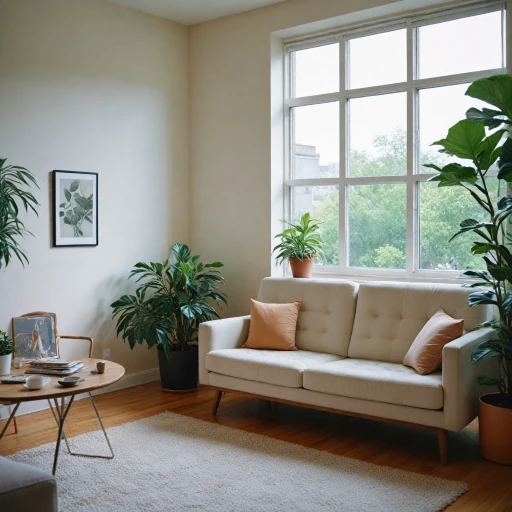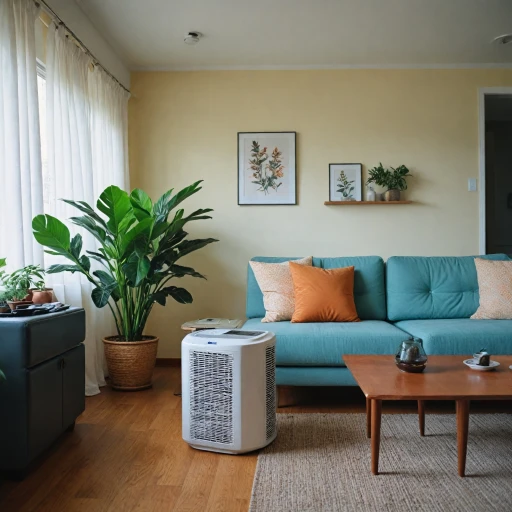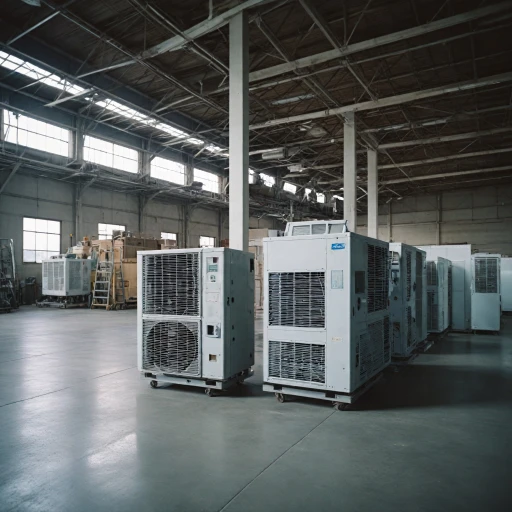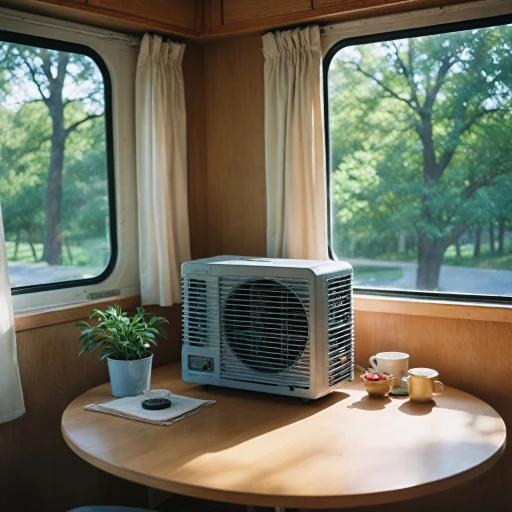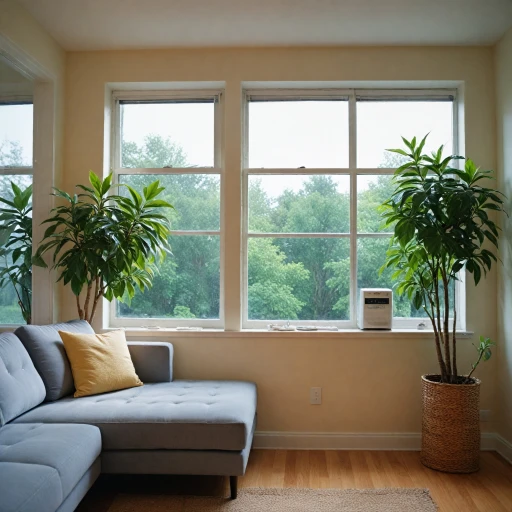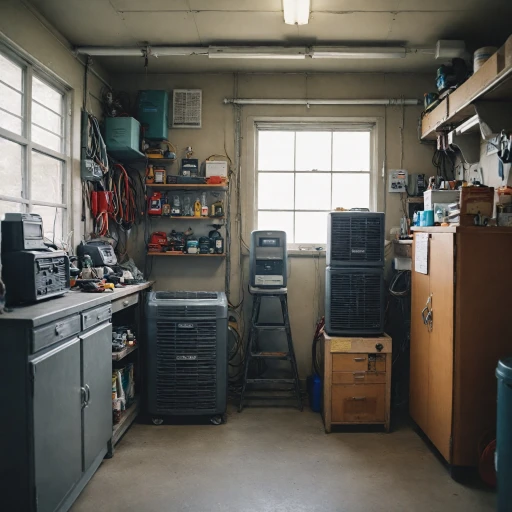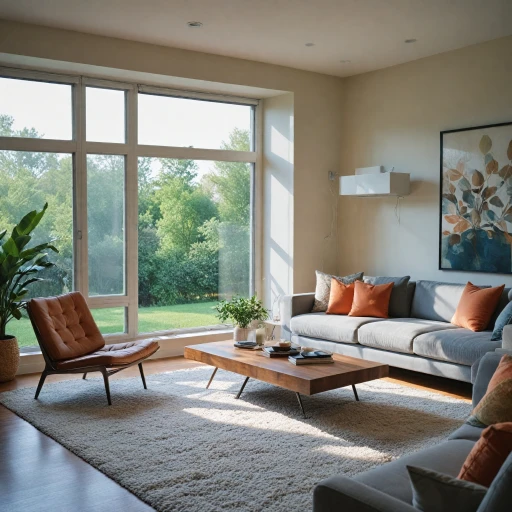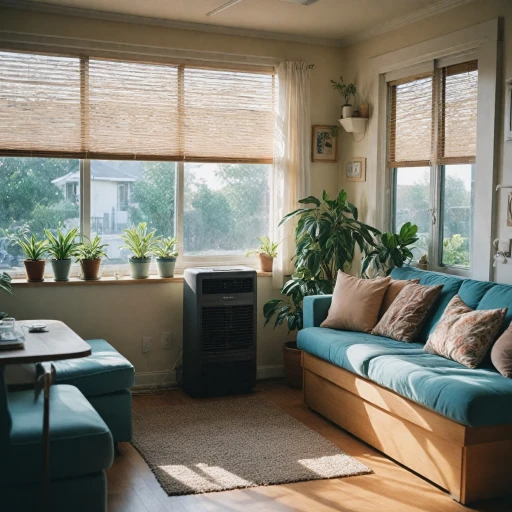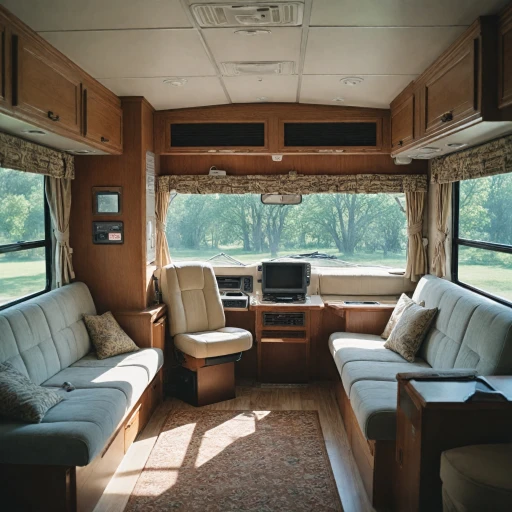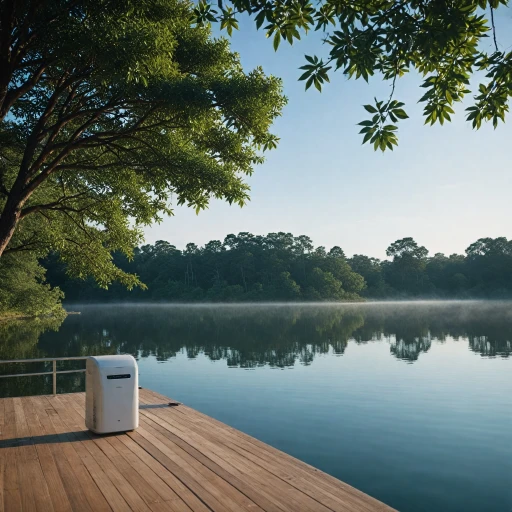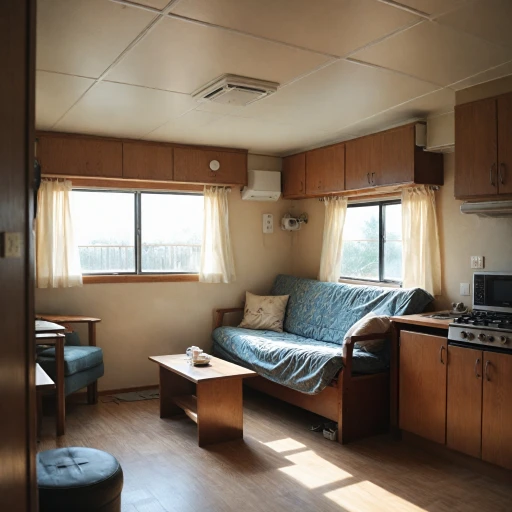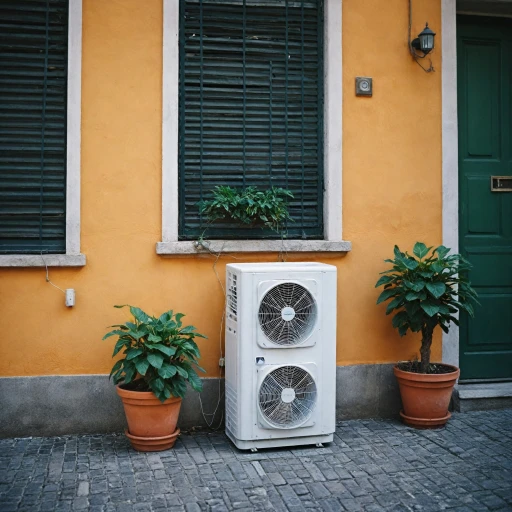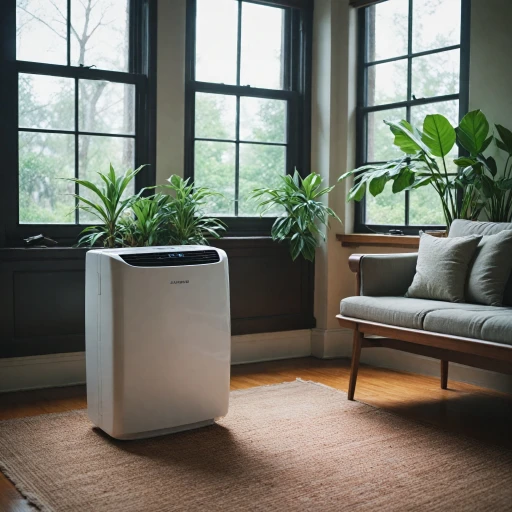
Understanding Commercial Portable AC Units
Exploring the Dynamics of Commercial Portable AC Units
Commercial portable air conditioners are an increasingly favored choice for businesses seeking swift and effective climate control solutions. These units not only provide a convenient way to manage heat in industrial settings, but they also cater to the diverse demands of varying commercial environments. With portability and efficiency at their core, these units truly shine when mobility in cooling is a necessity. Understanding how these units function is crucial for anyone considering such an investment. Unlike fixed cooling systems, commercial portable air conditioners deliver a “plug-and-play” experience, making them ideal for locations undergoing frequent layout changes or those needing temporary spot cooling. Whether it's an operational shift at a manufacturing plant or a change in office configuration, these portable air conditioners allow for seamless transitions without the commitment of a permanent fixture. In terms of capability, these units differ significantly from their residential counterparts. With cooling capacities varying from a modest few thousand BTUs to an industrial-strength several tons, they are designed to meet the broad spectrum of commercial requirements. Investing in a unit like the Oceanaire, Movincool, or Kwikool ensures reliable performance. Models from the Pro and Climate Pro series are particularly noteworthy for their combination of robust features and flexibility. Many commercial portable air conditioners now come equipped with advanced features such as water-cooled or air-cooled systems and even offer dual functionality with heat pumps. These additions enhance the units' adaptability to different climate conditions, effectively providing cooling and heating as demands change. For those new to the world of portable cooling, understanding the core components and capabilities of these industrial units is just the beginning. Later discussions will delve into critical features, the purchase considerations you should keep in mind, and guidance on installation and maintenance to ensure your investment performs optimally. To get a more rounded perspective on portable air conditioning options, you might find this comprehensive guide on boat portable AC systems useful.Key Features to Look For
What Essential Features to Consider
When it comes to selecting the right commercial portable air conditioner, there are several key features to keep in mind. These features determine how well the unit will meet your cooling needs and fit within your specific setting.Cooling Capacity
One of the first things to consider is the cooling capacity of the unit, measured in BTUs (British Thermal Units). Commercial environments typically require a high BTU portable air conditioner, sometimes upwards of a few tons of cooling, to achieve efficient cooling. It's crucial to match the BTU rating of the conditioner to the size of the space you need to cool. The importance of this aspect ties directly to your cooling and heating requirements.Portability and Design
In a commercial setting, the ease of movement provided by industrial portable conditioners like those from Oceanaire or MovinCool can greatly influence your choice. Look for features like sturdy casters, compact design, and handles for hassle-free relocation.Air Flow and Ventilation Options
Understanding air flow plays a significant role in maximizing cooling efficiency. Many portable spot cooler models come with a spot cooling feature, directing cool air precisely where needed. Adjustable air vents could be particularly beneficial in industrial air conditioning settings where directed air flow might be necessary.Energy Efficiency and Climate Control
Considering the air conditioner's energy efficiency highlights both cost savings and eco-friendliness. High energy efficiency models like those from KwiKool or the Climate Pro series often incorporate both cooling and heating capabilities. This enhanced climate control ensures comfort in fluctuating temperatures and reduces energy consumption.Durability and Build Quality
For commercial purposes, the air conditioners need to withstand rigorous conditions. Industrial-grade portable air conditioners are built to endure such environments, often with robust frames and heat-resistant components. For those interested in a deeper dive into selecting the most suitable commercial unit, emphasizing portability, check this guide on efficient cooling solutions. It breaks down various considerations that hold significance in commercial scenarios.Evaluating Your Cooling Needs
Assessing Your Required Cooling Capacity
When evaluating your cooling needs, determining the appropriate cooling capacity is crucial for the efficiency and effectiveness of commercial portable AC units. Cooling capacity is generally measured in British Thermal Units (BTU), and selecting the right BTU is pivotal to maintaining a comfortable climate within your space.
First, consider the area you need to cool. For larger spaces, such as industrial operations or commercial areas, you may require higher BTU portable units or even pro series models. Smaller areas, on the other hand, might be sufficiently cooled by compact air conditioners designed for spot cooling. It's important to remember that the specifics of your environment, including factors like heat-generating equipment or occupancy levels, can significantly impact your cooling needs.
Looking Beyond BTU
While BTU is a key metric, don't overlook other elements like the unit's ability to handle varying climates or the inclusion of features like heat pumps. Some commercial air conditioners excel in dual roles, providing both cooling and heating solutions, which ensure year-round comfort. Additionally, models like water-cooled or air-cooled options offer different efficiencies and operational costs. For instance, water-cooled units may require more elaborate installation but offer quieter operation and higher efficiency in specific conditions.
Quick Reference for Specific Brands and Models
To make informed decisions, compare options across recognized brands, such as Oceanaire, Movincool, and Kwikool. Each brand has its own specialties and product lines, like the Climate Pro series or the Industrial Portable versions designed for demanding conditions. Analyze reviews and specifications to choose a model that aligns with your operational needs and budget constraints.
For additional insights on selecting the perfect unit for distinctive environments, you might find this resource on garage air conditioners beneficial, as it further delves into adapting to varied climates and spaces.
Installation and Maintenance Tips
Easy Installation and Proactive Maintenance
Installing a commercial portable air conditioning unit might seem like a straightforward task; however, ensuring proper setup can significantly impact the system's efficiency and lifespan. When setting up your air conditioner, consider whether an air cooled, water cooled, or heat pump model best meets your space's needs.
Begin by assessing the location for your portable spot cooler. It should be placed in an area with appropriate ventilation and access to an electrical outlet. For those using air cooled models like the Oceanaire or MovinCool, ensure that there's ample air circulation to prevent overheating. The efficiency of industrial portable air conditioners can be optimized by adhering to the manufacturer’s setup specifications.
Regular maintenance is crucial in maintaining the performance of these units. Dust and dirt can build up and reduce efficiency, leading to higher operating costs and potential breakdowns. Routine filter checks and cleaning, checking refrigeration connections, and ensuring the unit's housing is clean are essential upkeep tasks. For more durable maintenance, seeking professional services or consulting with your unit’s guidance can be beneficial, especially for top-tier models in the Pro Series.
Cost Considerations and Budgeting
Managing Costs and Setting a Budget
When investing in a commercial portable air conditioner, understanding the cost considerations and setting an appropriate budget is essential. Portable spot coolers can vary significantly in price depending on features such as BTU capacity, cooling technology, and brand reputation. It’s important to weigh these factors against your cooling requirements and expected usage.
- Assessing Initial Costs: Research the upfront costs of different models, including popular brands like Oceanaire, MovinCool, and Kwikool. Prices can range from a few hundred to several thousand dollars, depending on your specific needs.
- Factoring in Operational Costs: Carefully consider the operational efficiency of the unit. Portable air conditioners with higher Energy Efficiency Ratios (EER) and those capable of both cooling and heating, like some industrial portable units, can offer savings in the long run despite a higher initial investment.
- Maintenance and Repair Expenses: Regular maintenance and potential repair costs should be part of your budgeting process. Units equipped with heat pumps or water-cooled systems might require additional care, impacting long-term expenses.
Additionally, consulting reviews and doing online comparisons can help find a commercial air conditioner that meets your budget while delivering the desired climate control performance. Whether you are considering a heat or air cooled system, understanding the complete financial commitment is crucial to making a sound investment.
